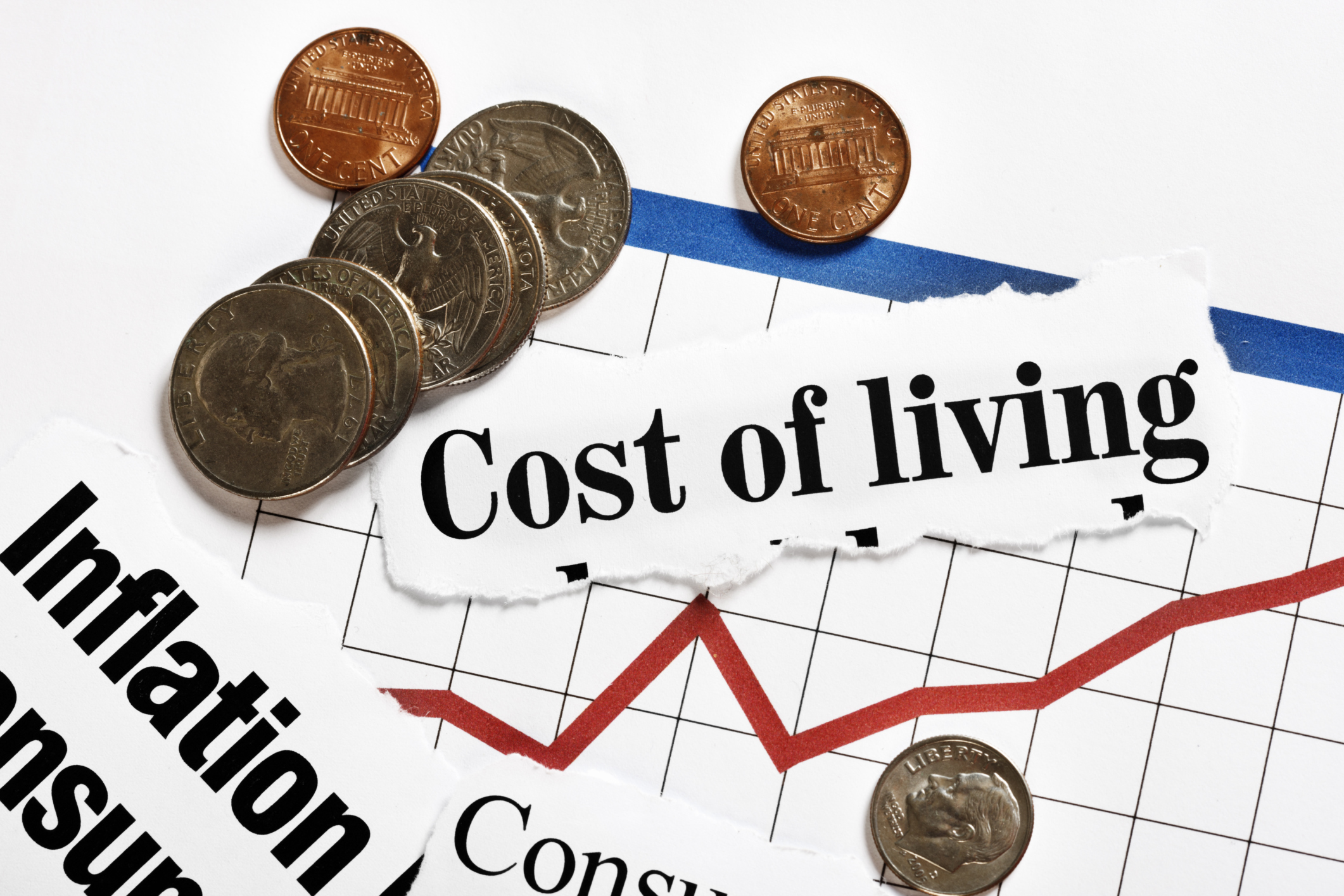
What Stubborn Inflation Could Mean for the U.S. Economy
This week, Craig Siminski, of CMS Retirement Income Planning, shares with us an article discussing some of the reasons behind the inflation numbers, the likely effect on Fed decisions, and the potential economic impact:
On April 10th, 2024, the U.S. Bureau of Labor Statistics released the Consumer Price Index (CPI) for March, and the increase in CPI — the most commonly cited measure of inflation — was higher than expected. The rate for all items (headline inflation) was 3.5% over the previous year, while the “core CPI” rate, which strips out volatile food and energy prices, was even higher at 3.8%.
The month-over-month change was also higher than anticipated at 0.4%.
The stock market dropped sharply on this news and continued to slide over the following days, while economists engaged in public handwringing over why their projections had been wrong and what the higher numbers might mean for the future path of interest rates. In fact, most projections were off by just 0.1% — core CPI was expected to increase by 3.7% instead of 3.8% — which hardly seems earth-shattering to the casual observer. But this small difference suggested that inflation was proving more resistant to the Federal Reserve’s high interest-rate regimen.
It’s important to keep in mind that the most dangerous battle against inflation seems to have been won. CPI inflation peaked at 9.1% in June 2022, and there were fears of runaway inflation similar to the 1980s. That did not happen, and inflation declined fairly steadily through the end of 2023. The issue now is that there has been upward movement during the first three months of 2024.3 This is best seen by looking at the monthly rates, which capture the current situation better than the 12-month rates. March 2024 was the third month in a row of increases that point to higher inflation.
Trending Upward
A monthly increase in the Consumer Price Index of 0.1% to 0.2% would equate to an annual inflation rate of roughly 2%, which the Federal Reserve considers appropriate for a healthy economy.
High for Longer
While price increases hit consumers directly in the pocketbook, the stock market reacted primarily to what stubborn inflation might mean for the benchmark federal funds rate and U.S. businesses. From March 2022 to July 2023, the Federal Open Market Committee (FOMC) raised the funds rate from near-zero to the current range of 5.25%–5.5%, in order to slow the economy and hold back inflation. At the end of 2023, with inflation apparently moving firmly toward the Fed’s target of 2%, the FOMC projected three quarter-percentage point decreases in 2024, and some observers expected the first decrease might be this spring. Now it’s clear that the Fed will have to wait to reduce rates.
Higher interest rates make it more expensive for businesses and consumers to borrow. For businesses, this can hold back expansion and cut into profits when revenue is used to service debt. This is especially difficult for smaller companies, which often depend on…
To Read the Entire Article, Please Click Here.
Craig Siminski is a CERTIFIED FINANCIAL PLANNER™ professional, with more than 25 years of experience. His goal is to provide families, business owners, and their employees with assistance in building their financial freedom.

Please let Craig know that the Green Bay News Network Sent You!

